Student-Centered Learning in the Tanakh Classroom

Daniel Rose is Director of Education at Koren Jerusalem and the Rabbi Sacks Legacy. Rabbi Dr. Rose has global experience working for educational institutions as an educator, content and curriculum developer, and educational consultant. Daniel gained his PhD in education from The Hebrew University.
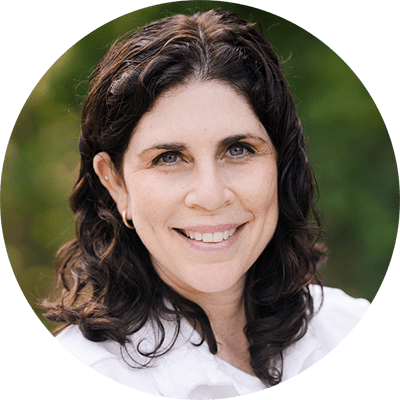
Tikvah Wiener is CEO of The Idea Institute, which creates master Jewish educators using the focus of student-centered learning. The Idea Institute has trained thousands of educators in North America and, with the addition of Tikvah’s visionary sister Smadar Goldstein to the team, has now gone global.
For the past decade, educators have been using the term student-centered learning (SCL) but still finding it tricky and challenging to apply to the Tanakh classroom for a variety of reasons. One is the amount of time teachers must dedicate not only to teaching content but also to developing textual reading skills. Another is that teachers might feel reluctant to engage in a pedagogy they feel allows for too much free thinking and not enough respect for the mesorah, classical commentators, and tradition in general. Here we offer tips and strategies for how to introduce SCL into the Tanakh classroom in large and small ways.
Differentiation and Social-Emotional Learning
Are you differentiating in your classroom? Great! That’s one time-tested way to employ SCL in the Tanakh classroom. Whether you’re breaking down instructions into manageable chunks, recording or finding videos or audio clips of content or skills so that students can pace themselves in their lessons, or offering other individualized ways for students to access or represent learning, your use of differentiated instruction is having a positive cognitive impact on your students.
As much as we want to ensure our students grow intellectually, we should be equally concerned with their emotional and social needs, especially in a post-Covid and post-October 7th world. Finding ways to organically address student needs in our Judaic studies classrooms shows students that they can turn to their tradition and texts at all times in their lives, including their most trying ones. Addressing students’ inner lives and fostering ways for them to effectively communicate, collaborate, and respect each other are also goals central to student-centered learning.
One powerful way to achieve those aims is to locate moral and spiritual lessons in the text and frame them in ways students find highly relatable and resonant. This means designing a curriculum around Big Ideas, and important themes in the text, and formulating them in Essential Questions (EQs) that pique students’ curiosity and relate to their lives. For example, a topical EQ from the story of Adam and Eve might be “What is their sin?” but a broader Essential Question, one that can be applied repeatedly throughout Tanakh might be “What is sin and what does it mean to take responsibility for it?”
Providing a topical EQ allows a teacher to explore the text in traditional ways and with classical commentaries; using a broader EQ allows the teacher to return repeatedly to this theme as students progress through Tanakh, creating a way for learners—particularly neuro-diverse ones—to better remember the text and constantly re-explore key spiritual ideas. In our example about sin, consider the powerful growth students might undergo as they explore what free will and responsibility mean in different contexts and in their world. We might ask them: “Where in your life are you asked to take responsibility? Can you think of a time when you took responsibility for a mistake? When did you last take responsibility for something on your own initiative?” Connecting Torah to the daily dilemmas of their lives habituates students into using it to construct the moral and spiritual framework by which they will live.
Amplifying Student Voice
Another student-centered strategy we’re finding extremely helpful in addressing not only students’ cognitive needs but also their social, emotional, and behavioral ones is implementing protocols. Protocols allow students to grow confident in their ability to think critically about ideas, present them to their peers in a clear and cogent manner, and listen to others with empathy and respect. In fact, in our polarized, social media-saturated world with all of its accompanying worst practices in communication, protocols offer us a way into a more civil and civilized society. They slow the conversation down, allowing it—and the participants having it—to breathe.
One of the most popular protocols we encourage educators to use is the Socratic Seminar. Students prepare for a Socratic Seminar by learning a portion or set of texts: a particular perek or perakim with commentaries. Arriving at the seminar with full knowledge of this part of their curriculum, students have a well-reasoned discussion based on questions they have prepared for. To return to our earlier example, after studying the text and relevant commentaries, students would come to a Socratic Seminar ready to dialogue about defining Adam and Eve’s sin and even to share answers to the questions we posed about when they took responsibility for their actions. During the seminar, they must make eye contact with each other, respond to each other’s points, and use proof from their learning and their lives to support their opinions.
In contrast to a debate, a Socratic Seminar does not end with a winner. The point is to have a blending of opinions that build on and enhance one another. In other words, a Socratic Seminar is like a beit midrash.
Bibliodrama is another creative protocol educators can use in the Tanakh classroom. Students “step into the shoes” of characters in the text, imagining what was occurring in the minds and hearts of the personalities from the narrative. In doing so, students create their own form of midrash. Questions in Bibliodrama can address both the human personalities from the text as well as non-humans, such as animals (for example, Bilaam’s donkey) or spiritual beings (e.g., as angels or God).
Bibliodrama can be used in several formats, such as full group role-play simulation, small-group discussions, or even hevruta conversations, where one student might be an interviewer asking questions of the other, who plays the role of the character. Students can even create their own bibliodrama questions. It’s important to let the conversations during bibliodrama flow in their own organic and creative directions, even if this may lead to some tricky discussions. A period of reflection and discussion afterward is critical, so that the process can be framed and reflected on, and brought back to the students as part of their task of developing an understanding of the text.
Speaking of hevruta, don’t forget that this quintessentially Jewish protocol that we’ve been using for centuries is a type of student-centered protocol. We recommend structuring hevruta time carefully so a teacher meets their content, skill acquisition, and meaning-making goals. Each hevruta session should have a set of specific content-based or reflection questions for students to answer or should end with an audio recording students generate to show that they’re improving their textual reading or analysis skills. Pedagogy of Partnership dives deeply into how to craft hevruta time for maximum impact, so be sure to check out their website for resources.
For all protocols, remember to include analysis and reflection questions that encourage students to engage directly with the text, helping them identify “midrashic gaps” on which the teacher can then base lessons relating to commentary. Giving students practice noting these midrashic gaps fosters love and awe for the text, showing them how our commentaries operate and allowing learners to become commentators in their own right. Crafting reflection questions that encourage students to relate to the text in personal ways, using their own lives and lived experiences as frames of reference, also elevates student voice in the classroom. These reflections can be used as jumping-off points to studying text and commentary—the teacher might note, “Ramban had this same concern” or “Rambam also grappled with this”—midway through a unit or as part of culminating exercises once a unit has been completed.
The Power of Student Choice
So far we’ve addressed how student-centered learning can serve students’ cognitive, social, emotional, and even spiritual needs, and we’ve also seen how it can elevate student voice in the classroom. We’d like to now turn to one final element of student-centered learning: student choice. Obviously, the aforementioned practices foster student agency, but giving students choice in their learning does so in powerful ways.
We become self-efficacious adults by making decisions, poor and good ones. Hopefully, we grow and learn from our mistakes, and of course, we feel successful and capable when we make positive and rewarding choices. Allowing students to experience that in the classroom as it relates to their learning seems almost necessary, and watching it happen is tremendously gratifying as a teacher. It can feel scary watching students power through the sometimes messy process of decision-making, so it is important for teachers to learn to refrain from getting too involved. We want students to work through the hard stuff; that’s what creates effective adults.
When and how do we give students choice? That’s up to you. You can start small and have students select from a choice board of small formative assessments they complete as “Do Nows” or short homework assignments. You can also bring student choice to the classroom in a significant way when you allow students to showcase their talents and interests in creating multimedia expressions of their learning. It is critical that students are provided with a rubric with clear content, skill acquisition, and meaning-making goals, but with the flexibility that allows students to decide what medium they want to use to show what they’ve learned: in a VR experience, a work of digital, visual, or musical art, as a story, poem, or essay, or in a devar Torah or podcast. The list is endless.
If that list feels overwhelming, reduce it to a smaller size and/or work with a teacher who’s an expert in that medium. A few pro tips: have students write an artist statement explaining their choices and process as they complete the work. In that way, how they use content and skills and how they forge meaning from the text and curricular unit will be transparent. Also, worry less about the quality of the final product if that’s not of concern to you. The artist’s statement will show you the student’s effort and the depth of the work. If the quality of the final product is of great importance—perhaps you’re showcasing it publicly and/or working with a STEM or art teacher who can guide it to an impressive level—make sure to include criteria in the project rubric for students to meet those standards.
It’s also acceptable to choose one final product that students must complete as a creative assessment. This will still mean students have to make multiple decisions. Think about all students would have to do to create a meaningful artwork or podcast framed around an Essential Question in Tanakh—and that includes text and commentaries. That is doubly true if students are working in pairs or in small groups and have to decide together what they will create. Assigning one product also allows you to work deeply with a colleague on quality control and to become an expert in managing a project in that medium, even if you’re not experienced in it itself. You can slowly add to the repertoire of products of which you’ve overseen the creation.
Why should you undertake all of this? As you can tell, allowing for student-centered approaches in the Tanakh and Judaic studies classroom in general means we graduate students who not only have deep content knowledge of our sacred texts and the ability to read and translate them well. It also means students forge meaning out of them and use them as guideposts in their lives, seeing their relevance and resonance as they become adults. And there’s more: in our Judaic Studies classrooms, we can grow confident, curious people who feel grounded in their own well-reasoned opinions, appreciate the perspective of others, and are open to new viewpoints and changing their minds. They can communicate and collaborate with others and find joy in creating and contributing together.
In our terribly complicated world right now, this kind of community member is what the Jewish people need, and it’s what society needs. Teachers have a crucial role to play in forging the next generation, giving them the tools they need to thrive. Rabbi Lord Jonathan Sacks understood that role well. In summing up Moses’s summation in Deuteronomy, Rabbi Sacks writes:
Moshe understood that, though he would not be physically with the people when they entered the Promised Land, he could still be with them intellectually, spiritually, and emotionally if he gave them the teachings to take with them into the future. Moshe became the pioneer of perhaps the single greatest contribution of Judaism to the concept of leadership: the idea of the teacher as a hero.
Rabbi Sacks understands here that a teacher is more than a purveyor of information or a honer of skills; the teacher’s power and efficacy lies in the ability to meet the entirety of a person’s needs. By engaging in student-centered strategies, we unlock our ability to be master educators, ones who can discover what each of our students needs to be the best, most successful version of themselves.

Daniel Rose is Director of Education at Koren Jerusalem and the Rabbi Sacks Legacy. Rabbi Dr. Rose has global experience working for educational institutions as an educator, content and curriculum developer, and educational consultant. Daniel gained his PhD in education from The Hebrew University.

Tikvah Wiener is CEO of The Idea Institute, which creates master Jewish educators using the focus of student-centered learning. The Idea Institute has trained thousands of educators in North America and, with the addition of Tikvah’s visionary sister Smadar Goldstein to the team, has now gone global.

From The Editor: Winter 2025
It is one of the oldest literary collections ever written and still very much in circulation. Public readings (and celebrations) of its text are practiced in nearly every synagogue in the world in a regular, fixed cycle. It has been analyzed and studied by religious luminaries, academic scholars, and lay people, and has been studied and taught more times than we can count, with hundreds if not thousands of published commentaries. It plays a central role in all of our lives. One would think that by now we would have a pretty clear idea of what content from Tanakh should be taught and how it should be approached pedagogically at various age levels. And yet, a mountain of anecdotal evidence reveals that there is a huge range in what is taught, why it is taught, and how it is taught.

Tanakh Hats for Meaning Making: A Multi-Perspective Approach to Biblical Text Study
In our ongoing quest to enhance Tanakh education, we’ve developed a fresh approach that energizes both teachers and students while promoting diverse interpretations, critical thinking, and collaborative learning. Inspired by Edward de Bono’s Six Thinking Hats, this method encourages learners to view Tanakh texts from multiple perspectives, offering deeper understanding and fostering connections between foundational Jewish texts and modern life. The Tanakh Meaning Making Hats (TMM Hats) approach equips students with various interpretive tools to explore familiar perspectives and discover new ones, building understanding through both familiar and novel frameworks. This method, grounded in constructivist learning theory, enables students to construct knowledge actively, allowing them to examine texts from varied angles.
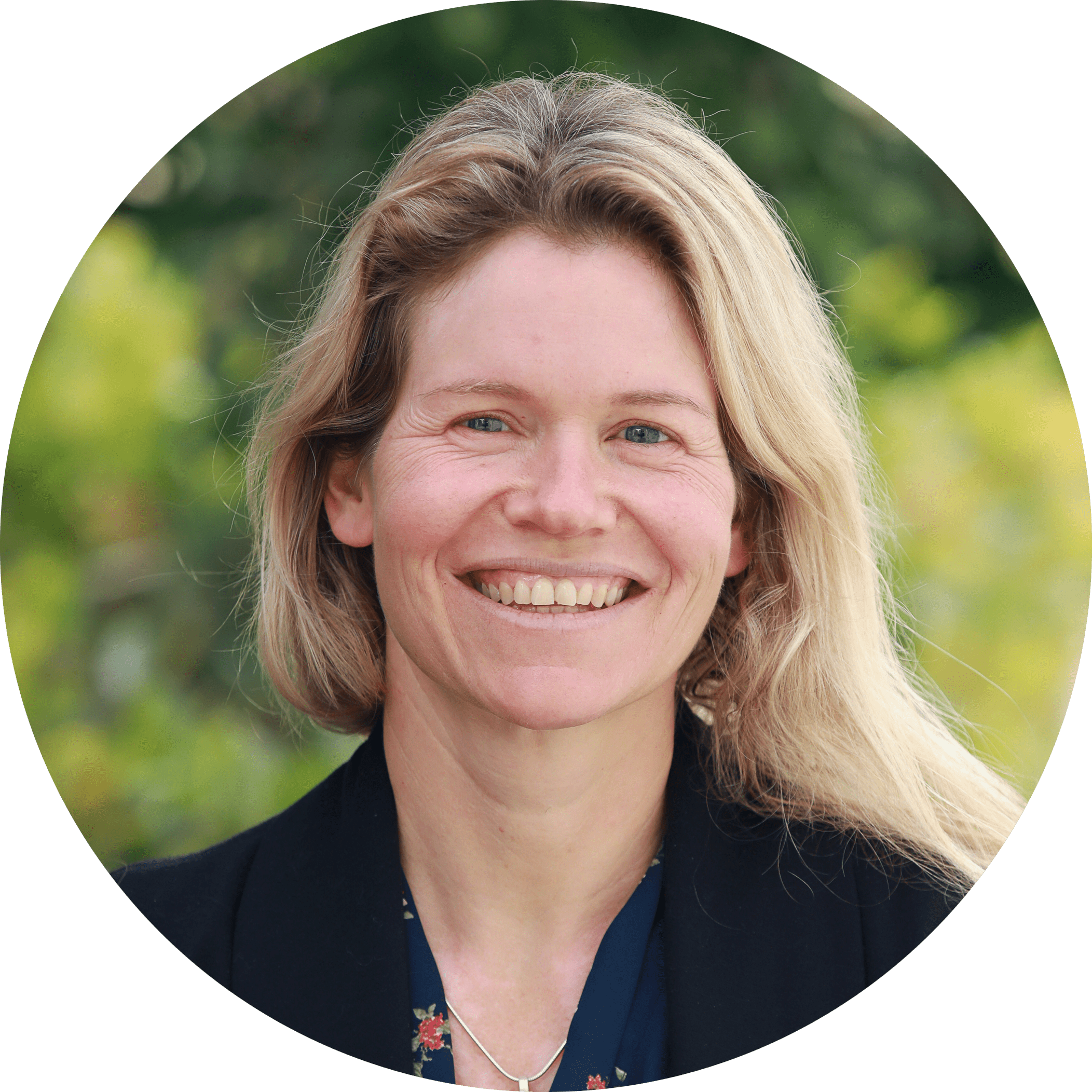
From Consumption to Production: Equipping Students to Create Torah
In the realm of Tanakh education, there is a tendency to focus on the consumption of Torah knowledge, where students engage in the study, understanding, and analysis of sacred texts. While amassing a critical base of knowledge is undeniably essential, I believe that shifting from students-as-consumers to students-as-producers—in which students not only absorb the teachings but also create and contribute their own interpretations and insights that can be shared publicly—is equally essential. How can we teach students to produce a deep analysis of Torah and not just consume others’ commentary? How do we encourage students to think for themselves while teaching other valuable lessons in the process?

Innovating Teaching Tanakh
What I observed one day in my visit to an English Language Arts (ELA) classroom last year opened my mind to completely new ways of teaching Tanakh, leading to greater student engagement.I work at a pluralistic elementary school that emphasizes growth mindset and continued development for each educator. One specific policy that helps educators learn from each other is the requirement to visit at least two other classrooms every semester. This routine fosters a genuine culture of professional growth, where teachers share ideas, observe varied teaching methods, and offer constructive feedback. I’ve always found these observations beneficial, but one visit left a lasting impact on my approach to teaching Tanakh. Stepping into Mrs. Michelle Petrova’s 6th grade ELA classroom, I was greeted with an incredibly vibrant atmosphere.

Teaching the Halakhic Sections of the Torah
Much of the discussions we find about teaching Humash focus on the narrative portions—Genesis, the story of the Exodus, the wanderings in the wilderness. To a large extent that makes sense, as they provide students with their origin stories—so critical for building the foundations of identity—and are inherently interesting, as stories tend to be. That being said, there is another half of the Torah, whose nature is primarily legal. While some skip it intentionally or somehow “don’t get around to it,” for others it is no less important to teach, even though the content often doesn’t lend itself easily to grab and hold the students’ attention. As with any teaching, we must first identify what we want to achieve before we can think about how we want to do it.
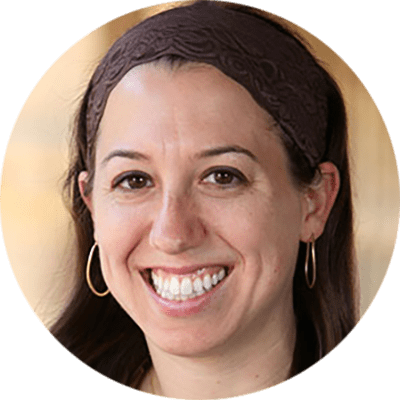
Teaching Tanakh: A New Perspective on Pedagogy
As many teachers of Tanakh know, the Tanakh classroom serves as a crucible for interpreting sacred texts, particularly in theologically and denominationally diverse day schools, camps, and beit midrash settings. The question I wish to explore here is: how do Jewish educators navigate the complex landscape of multiple orientations towards Tanakh that they might find in the seats of their classroom and make sure to empower all their students as interpreters? Central to my own Tanakh teaching, at almost every grade level, in almost every type of day school context, is the realization that my students don’t read Tanakh according to the same orientations or literacy practices, but it would be helpful if they did—at least for the duration of my class.
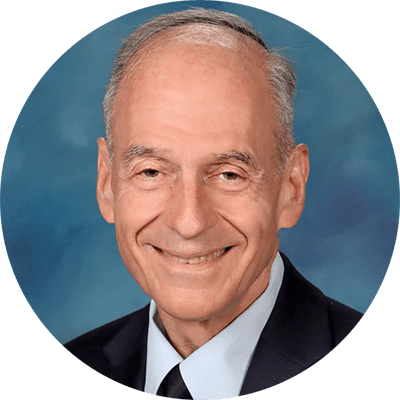
Tanakh Study and Reader Response
“My students insist on translating every pasuk (verse) into English and then using their translation to answer the questions. How can I get them to work from the makor (original text)?”“When I give in to their learned helplessness and teach them an interpretation, they can’t identify the problem in the pasuk that the interpretation comes to solve, and then they get stuck on the one understanding I presented and won’t consider an alternative. How can I help them think for themselves?” “I want my students to identify with the avot (patriarchs) and imahot (matriarchs) and learn from their example. But they somehow can’t relate to them as role models. What am I doing wrong?”Sound familiar? For years these complaints were a constant refrain from my Tanakh-teaching colleagues.
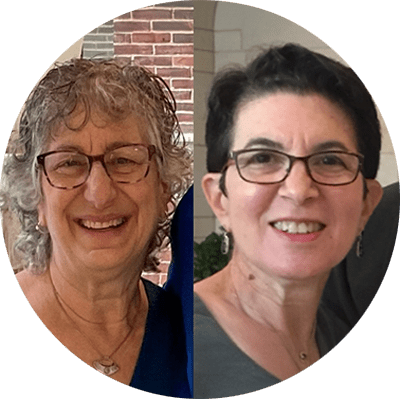
Vision, Lenses, and Focus: Bringing Clarity to Tanakh Curriculum with Standards
Any Tanakh text, whether narrative or legal, contains an abundance of ideas, elements, and complexities, and has the potential to raise countless questions. How does a school community decide which of them to pursue?Nechama Leibowitz, quoted by Shmuel Peerless in To Study and to Teach: The Methodology of Nechama Leibowitz, wrote that educators have……to decide what to leave out and what topics should not be touched, because it is pointless to tackle a number of different topics and problems superficially or incidentally in a chapter. It is preferable to concentrate on just a few topics, but in depth (p. 15). Standards serve as powerful tools for deliberating about a vision for Tanakh education and for shaping Tanakh curriculum once the school’s vision is clear.

Teaching Tanakh to Weaker Students
In my roles as a Tanakh teacher and an instructional coach, my goal is to inspire Tanakh students to become engaged, proud, and even passionate Jews, fluent in Jewish literacy and deeply committed to the future of Jewish education and community. This goal is daunting under the best of circumstances; when teaching Tanakh to weaker students, it becomes more so. In this article I will outline some of the most ubiquitous challenges that arise from teaching Tanakh to weaker students and offer suggestions for navigating them based on my own experience as well as conversations with other educators and research from the field. I believe that navigating these challenges requires both modifications in practice and shifts in mindset, and I will outline each of them.
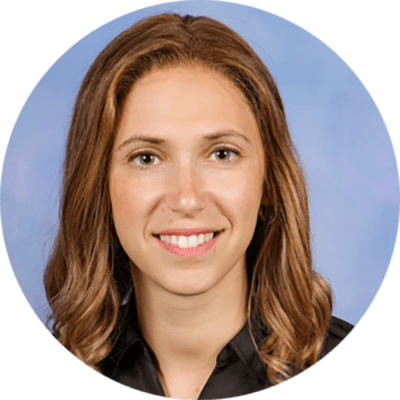
Outside the Box: A Values-Based Approach to Parashat Hashavua
Tanakh in dialogueWhat position does the Tanakh occupy in the life of an early teen? For many, the Tanakh resides in the mental box into which school is commonly placed—a box of academic pursuits, Hebrew language and grammar, Jewish history and Biblical knowledge. There is nothing innately wrong with this, to the contrary, Tanakh study certainly can and does involve these important elements. But a missed opportunity arises when compartmentalisation precludes Tanakh from forming dialogue with the other “boxes” that rise to prominence in the early teen years.Early teenagehood is often marked by questioning and exploration as students begin a journey of seeking to understand that which may have previously gone unquestioned.
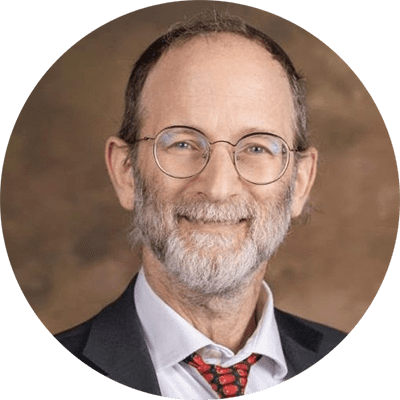
Building Tanakh Skills One Step at a Time With Manipulative Materials
“Give a man a fish,” the saying goes, “and you feed him for a day. Teach a man to fish and you feed him for a lifetime.” At Netivot, we have developed a Tanakh program that gives each child the personalized gift of feeding himself for a lifetime. The Montessori method is predicated upon the idea that each child, if provided developmentally appropriate opportunities, will inherently learn and grow and master at each phase of development according to his own individual needs. For this reason, in our classrooms, the expectation is not for children to memorize translations of text “chorally,” but rather to develop individually the skills to translate for themselves. Using key elements of the Montessori method, our students build a series of skills that allow them to tackle pesukim independently.
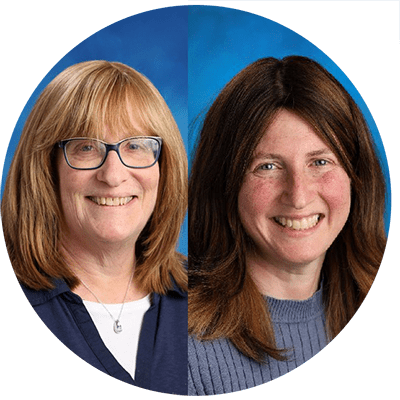
Bringing Nechama Leibowitz Into the Classroom
The written legacy of Nechama Leibowitz, in her gilyonot and books, has served and continues to serve as the basis for Torah study for many serious students of parashat hashavua, Tanakh, and parshanut. Her teaching methodology, as experienced by one of the authors of this article in 1988-89, in her weekly classes in her apartment in Jerusalem and in her weekly shiur at the Gruss Kollel, served as a model for how to teach Torah. Certain elements have been adapted, but we have found that her principle of encouraging independent thinking and individualized feedback gives students in middle school a personal connection with the text and empowers them to continue in their Torah study with positivity and self- assurance.
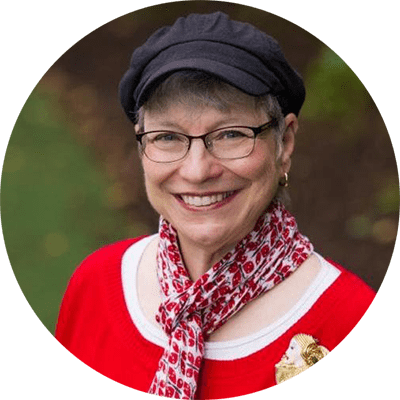
Opening the Middle School Window to Midrash
A number of years ago, when I was teaching the sections in Genesis about Abraham and Sarah to a girls’ middle school class, one of my students raised her hand and said, “I don’t like how much is missing in the Torah.” I asked her what she meant and she replied, thinking like a typical middle schooler, “Like, what did Abraham and Sarah talk about at night when they were just sitting around their tent?” After responding facetiously that Sarah probably asked Abraham what he thought about her new burka, I took the moment to answer the class seriously. This was a wonderful opportunity to deeply introduce my students to midrash as one way to fill in the “blanks” in the Torah text, to delve into the “spaces” in the text, and to teach us moral messages with which to inform our own lives.
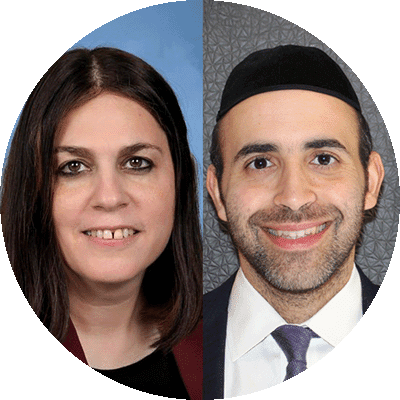
The Barkai Method for Teaching Humash
In the introduction to his book Who Knows Twelve, Rabbi Berel Wein explores a troubling phenomenon: the growing disconnect between the Jewish people and their sacred texts. Whatever the causes for its decline may have been, many Jewish day schools today are attempting to reinvigorate the study of Tanakh, recognizing its fundamental role in Jewish identity and education. Maimonides codified the necessity of studying Tanakh in Hilkhot Talmud Torah (1:7), asserting that it is a crucial component of Jewish life. Today, there is a growing recognition of the need to revive these ancient texts, which hold profound significance for Zionism, community, ethics, spirituality, identity, and much more. One noteworthy example of this revival is the Barkai educational system, developed in Israel by Rav Dan Be’eri more than 40 years ago.
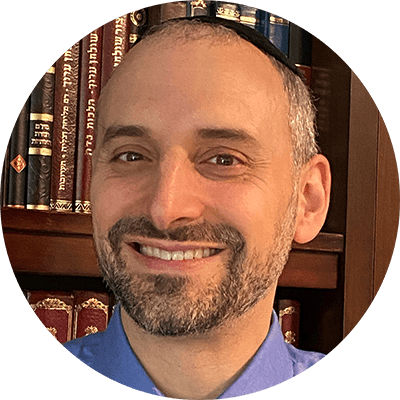
Introducing Sod Into the Tanakh Classroom
In my years of teaching Neviim and Ketuvim, one of my overarching goals was for students to gain an appreciation of why specific commentaries approached the same text differently. I spent significant time on both peshat and derash approaches, highlighting the strengths and weaknesses of each interpretation’s handling of textual issues. One experiment with introducing sod resonated deeply with some of the students and complemented the other work we were doing. I share that experiment here. Sod (literally, secret) is a mode of hermeneutical interpretation that sees the characters and storyline as being symbolic of fundamental themes. Although definitions of sod usually include mysticism, the relation to Kabbalah is only that sod reflects an interpretation that directly addresses giving insight into our relationship with God.

Heroes Within Reach
We read the Bible with the understanding that many of the characters described are our heroes, our Jewish archetypes. We pore over every action, every word, for insight into their thought and character, insight that can inform the same in us. These are not dry annals of the lives of figures from the distant past; these people are as alive today as we are—alive within us, within our synagogues and culture, because we study them so intensively and know them so intimately. Each of us knows the stories so well, that we know what happens between and behind the words.What is a Hero?But what does it mean to consider them heroes? In what sense does, or doesn’t, the Bible portray them as such? And more importantly, how does the Bible express what a hero is, and what makes someone heroic?
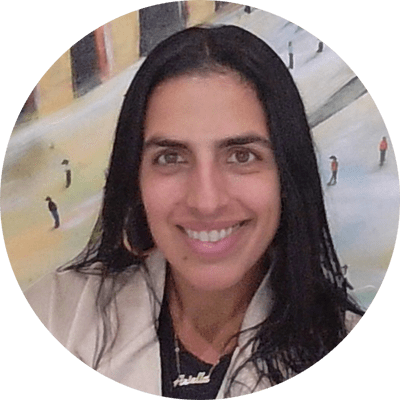
Tanakh as a Tool for Building Identity
Jewish tradition holds Torah teachers in high esteem, viewing them as more than just conveyors of knowledge. They are seen as spiritual and moral guides, shaping the character and identity of their students. In The Lonely Man of Faith, Rabbi Soloveitchik emphasizes that the role of the Torah teacher goes beyond intellectual instruction; they facilitate a divine encounter, guiding students toward a deeper connection with God. The Talmud (Bava Metzia 33a) elevates the honor due to a Torah teacher above even that of one’s parents, as the teacher introduces the student to the “world to come” through their instruction—a profound form of giving life. These texts paint a picture of the Torah teacher as a builder of Jewish identity, imparting values that help shape a student’s character and moral foundation.
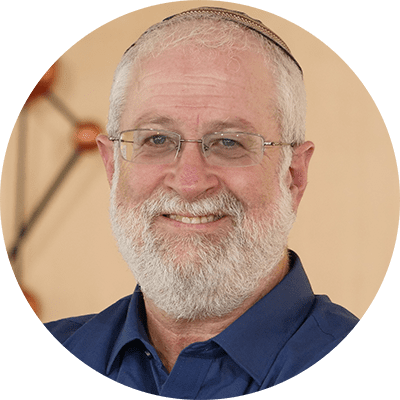
Tanakh as Our Story
Tanakh is the story of the Jewish people. This basic component of our identity and our tradition has tremendous spiritual and educational power which, unfortunately, is often untapped. In the following essay, we aim to show how this idea of Tanakh as the grand narrative of the Jewish people can be developed into a powerful educational opportunity. In tapping into Tanakh’s central narrative feature, we are not merely making Tanakh more interesting for our students. Since the times of Moses, the Jewish people has known that a good story does more than just pique an audience’s interest. In the words of Rabbi Sacks, “The Israelites had not yet left Egypt, and yet already Moses was telling them how to tell the story. That is the extraordinary fact. Why so? Why this obsession with storytelling?
Reach 10,000 Jewish educational professionals. Advertise in the upcoming issue of Jewish Educational Leadership.






